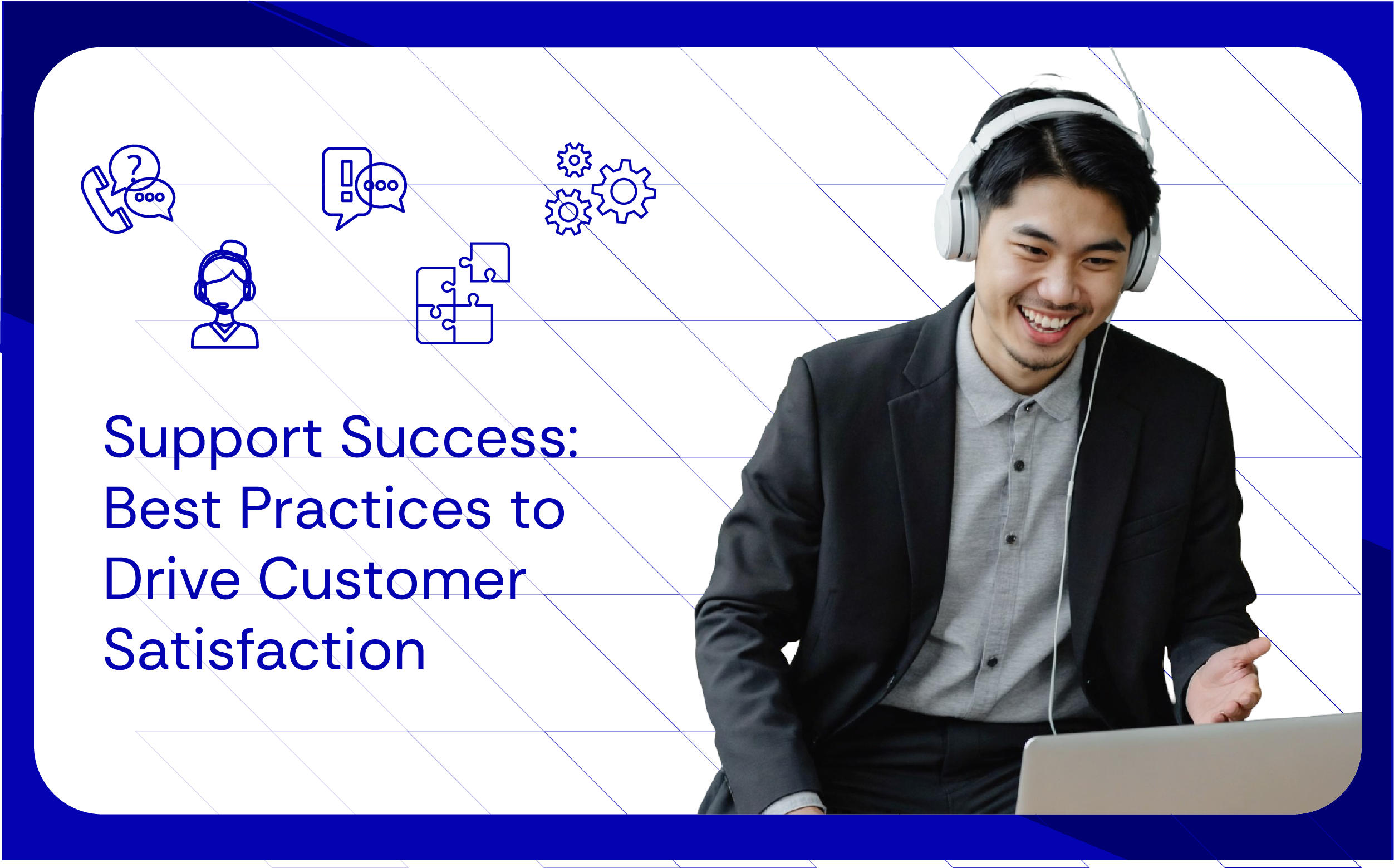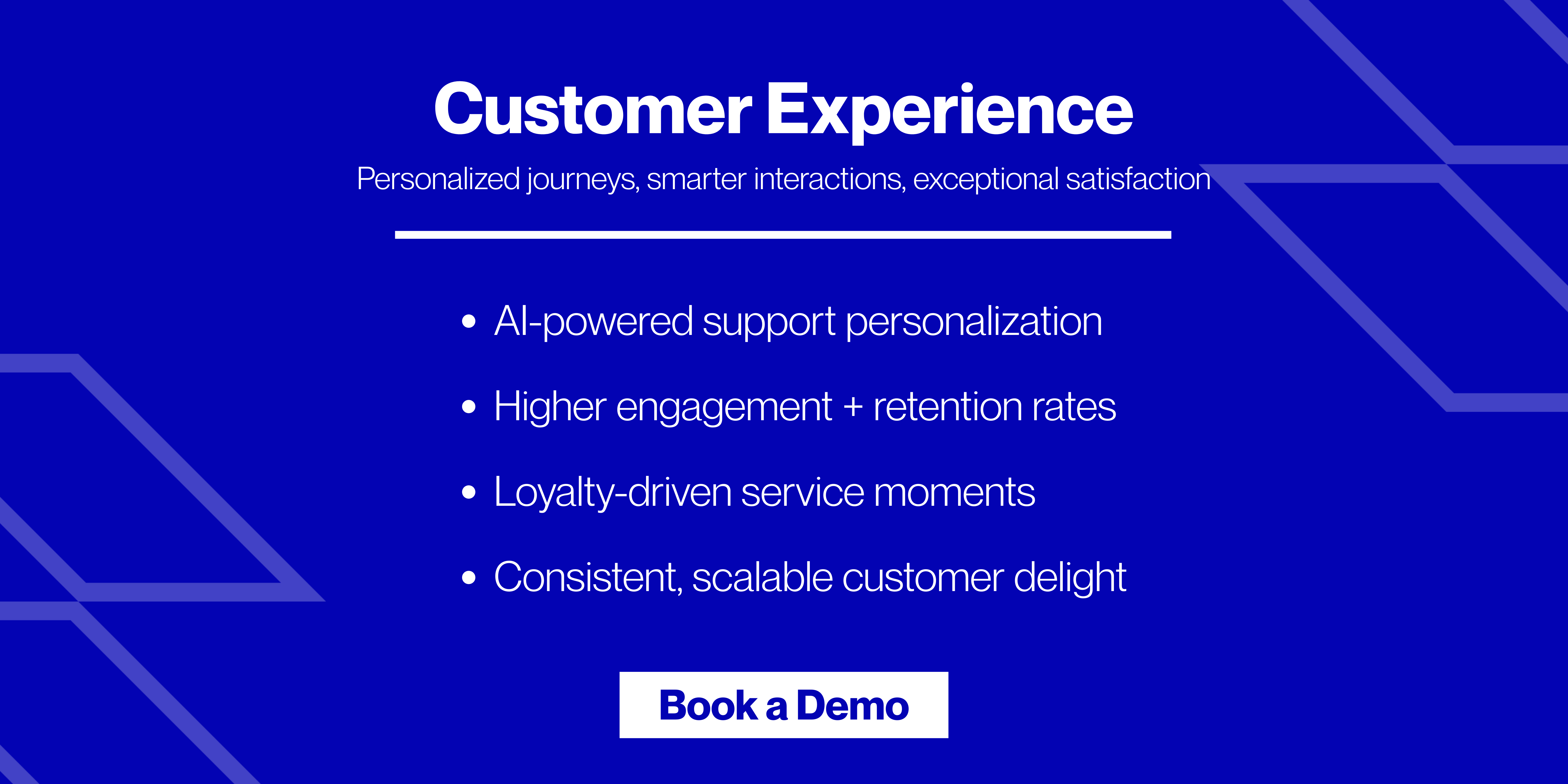Key Takeaways:
- Customer success is proactive; customer support is reactive, but both are essential.
- A strong support system builds trust, reduces churn, and fuels customer loyalty.
- Alignment between customer success and support teams creates a seamless customer experience.
- Automating simple tasks frees up your team to focus on meaningful, high-impact support.
- For CX leaders at consumer brands and D2C companies in the US, UK & Australia, aligning success and support functions is one of the fastest ways to improve retention, raise CSAT and grow lifetime value.
What Is the Difference Between Customer Success vs Customer Support?
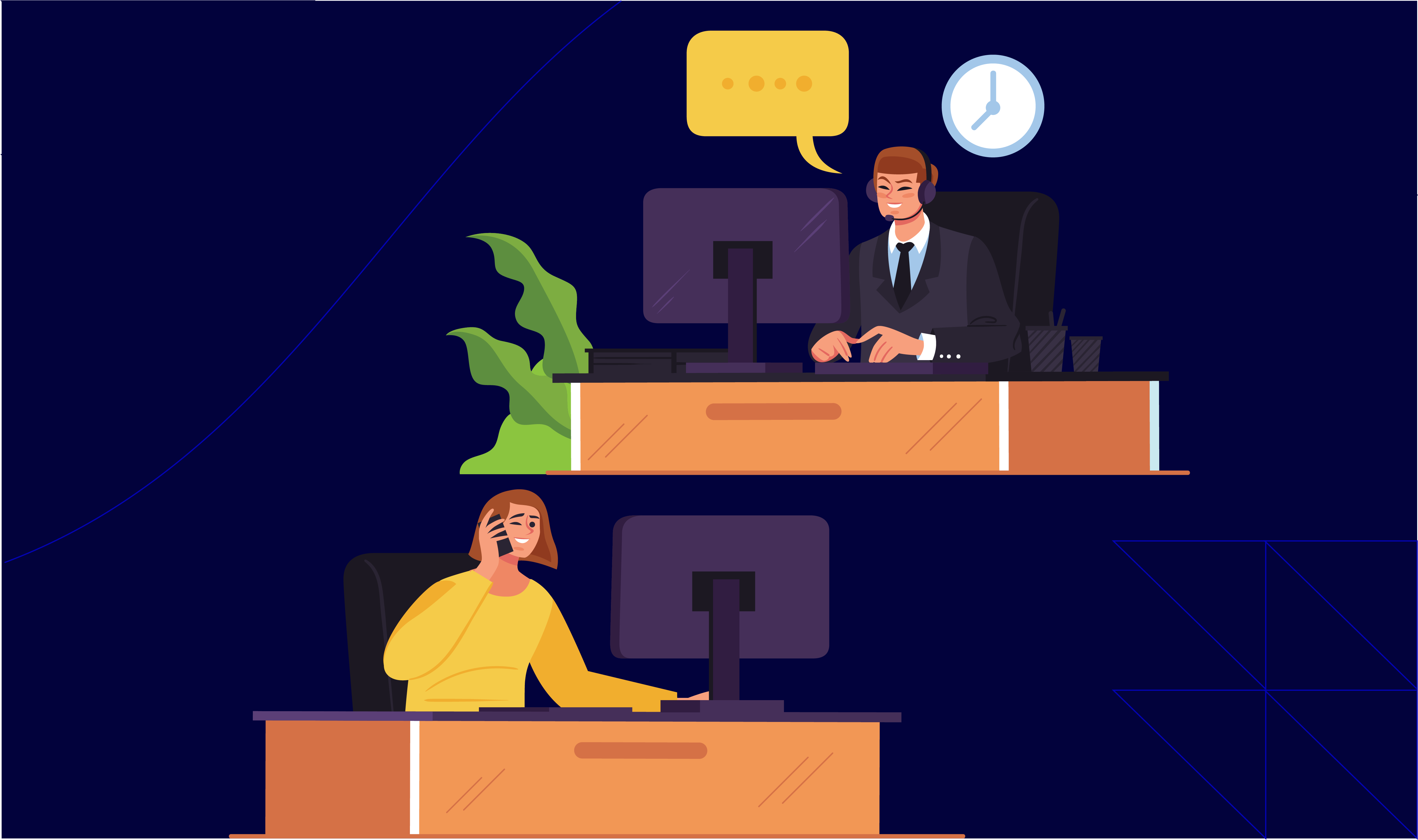
Great question, and honestly, one that gets confused all the time.
Customer support is your “911 team.” Something breaks, something’s confusing, something’s just not right—your customer reaches out, and support jumps in to fix it. They’re reactive, problem-solving machines. Think:
- “My login isn’t working.”
- “I’m not getting my invoice.”
- “Where’s that feature you promised?”
Support is there to troubleshoot, clarify, and calm things down when things go sideways.
Customer success, on the other hand, is more like a trusted advisor. Their job? Make sure things don’t go sideways in the first place. They’re proactively checking in, sharing best practices, and helping customers get the most out of your product or service. So instead of, “Here’s what’s wrong…” it’s:
- “Let’s make sure you’re getting full value.”
- “Here’s how other customers are using this feature successfully.”
- “Can we walk through your goals for the next quarter?”
Support prevents dissatisfaction while success fuels growth and loyalty.
In other words:
- Support keeps customers from being unhappy.
- Success makes them so happy they stick around (and tell their friends).
Here’s a quick analogy:
- Support is like roadside assistance when your car breaks down.
- Success is like your GPS guiding you to the best route so you don’t get lost or stuck in traffic.
Honestly, you need both. One handles the bumps in the road. The other helps you reach your destination faster. The companies that nail this balance create seamless, stress-free, “wow, that was easy” experiences. And that’s what loyal customers love! In fact, studies show that businesses with outstanding CX generate 5.7x more revenue than competitors. According to a McKinsey study, companies that integrate customer success and support functions improve retention by up to 20%.
Want to see how to bring both sides together? Let’s dig into how customer success and support can actually team up for an even bigger impact.
Why Is a Support System Important in Business Success?
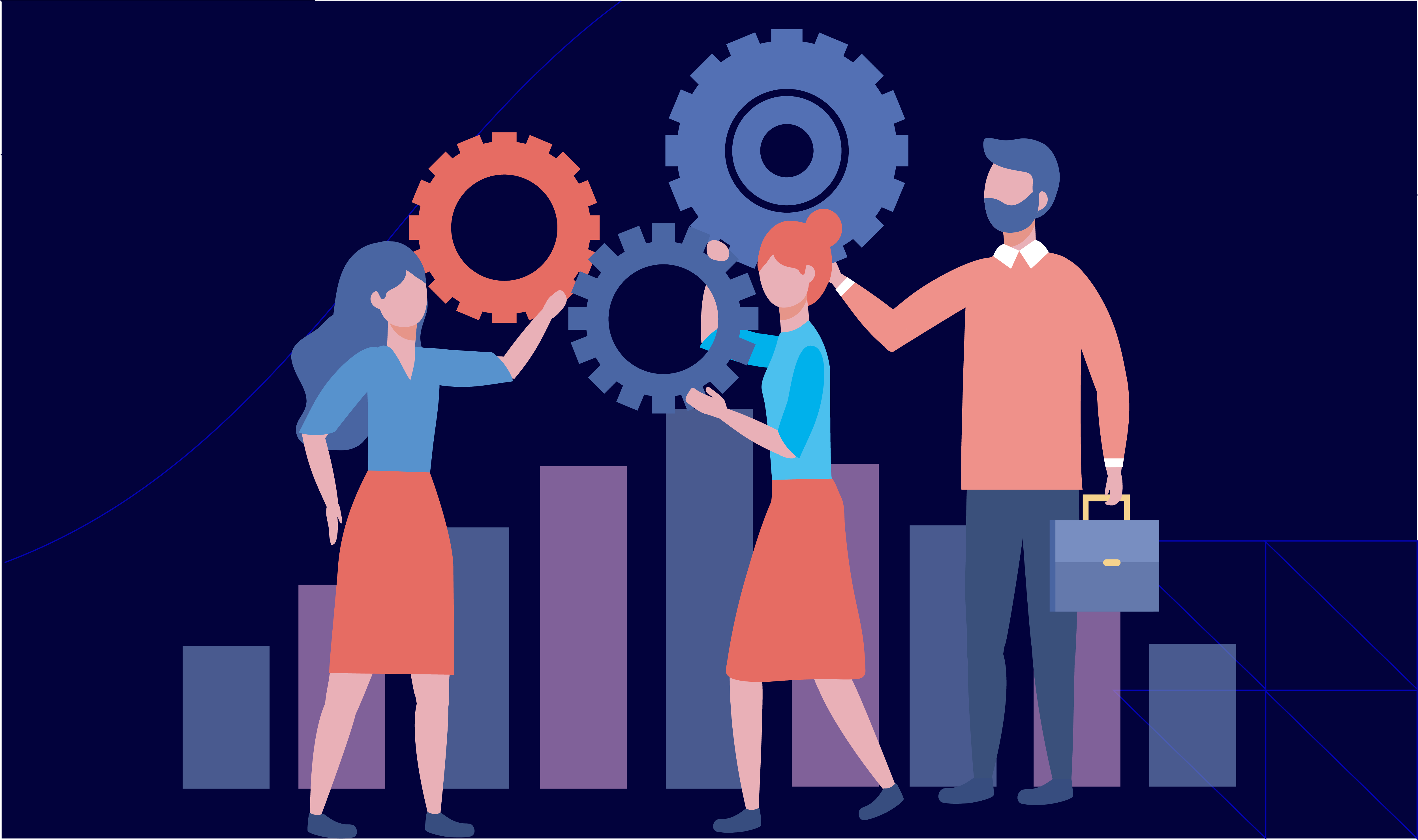
No matter how slick your product is, how beautiful your website looks, or how clever your marketing is, if your customers feel stranded when something goes wrong, they’re not going to stick around. That’s exactly why having a strong support system is non-negotiable for long-term success. Here’s why it matters:
- It builds trust: When a customer reaches out and gets a fast, helpful, and kind response? That’s instant credibility. It tells them, “Hey, we’ve got your back.” And in a world full of brands shouting for attention, trust is your biggest differentiator.
- It retains customers: Every business hits a bump. Maybe your software glitches. Maybe an order gets delayed. But if your customer can’t get help when it matters most? That bump turns into a deal-breaker. A solid support system prevents those little issues from becoming big reasons to churn. According to Qualtrics, 80% of customers forgive a bad experience if the support they receive is very good, versus just 20% if it’s poor.
- It drives real growth: Happy customers don’t just stay, they bring friends. They leave reviews. They rave about you on social media. Research shows that 92% of consumers trust recommendations of friends and family over any other form of marketing. Word-of-mouth is still one of the most powerful marketing tools out there, and it starts with one simple thing: taking care of your people when they need it most.
When you blend proactive customer success (helping people get more value before they ask) with responsive support (being there when things go wrong), you’re showing customers that they matter. That you’re invested in their success, not just their dollars. And in today’s world? That’s essential to your success. For VP and Director level CX leaders, support is a measurable driver of loyalty, referrals and revenue.
Best Practices to Align Customer Success and Support
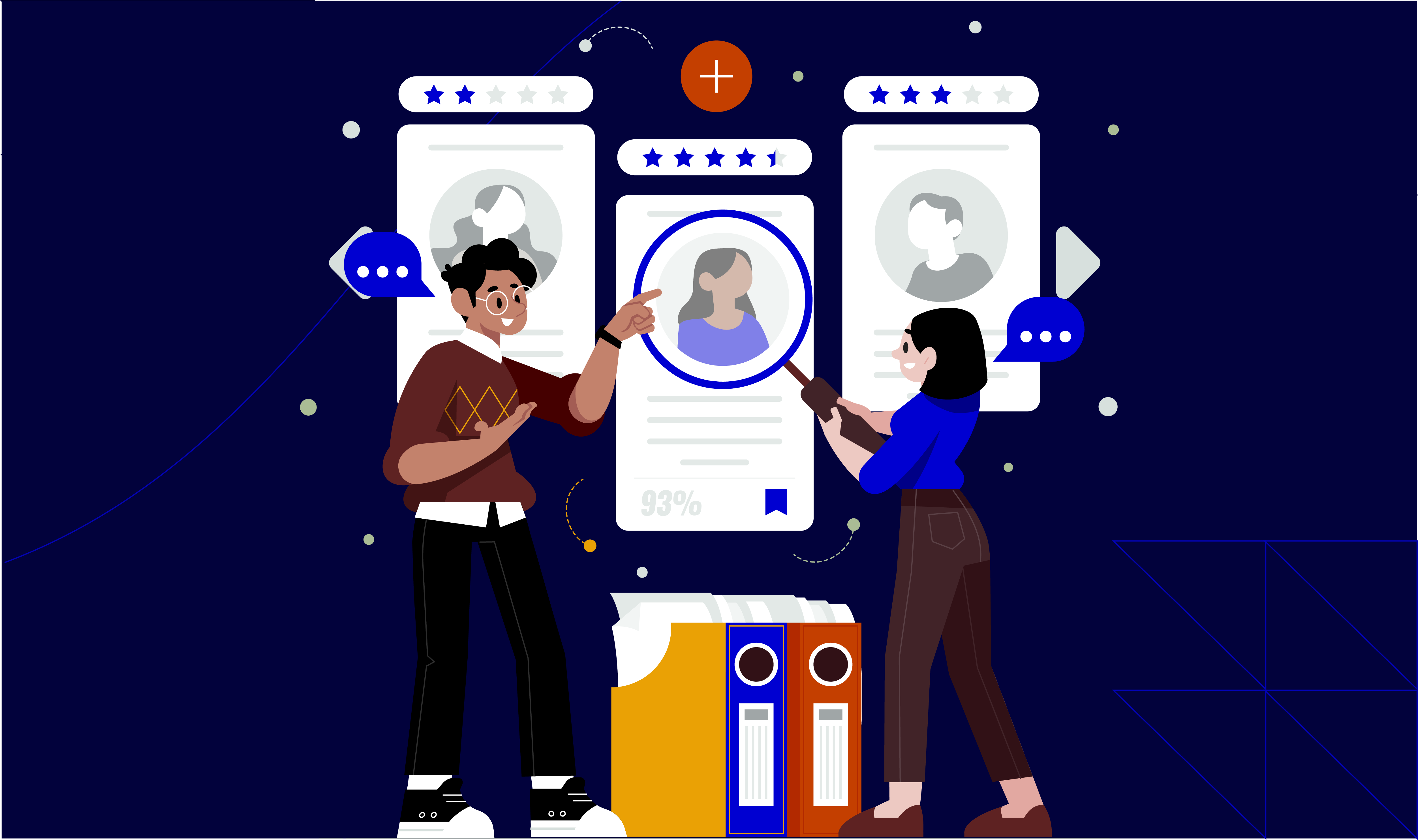
The secret sauce to delivering a truly exceptional customer experience solutions is getting customer success and customer support to work together—not in silos, but as a united front. Here’s how to align them so they’re not stepping on each other’s toes:
1. Get Clear on Roles, But Keep Communication Open
Customer success and support don’t need to do the same job, but they do need to row in the same direction. Customer success is focused on the big picture and making sure the customer is moving toward their “win” with your product or service.
Customer support are the firefighters—solving immediate issues, answering questions, and putting out the fires that pop up in day-to-day usage. That said, the magic happens when they talk to each other.
- Support can tell success, “Hey, we’re getting a ton of tickets about this feature—maybe onboarding needs a tweak.”
- Success can loop in support with, “Heads up, this client just expanded their contract—expect more traffic.”
When you draw clear boundaries but keep the walls permeable, you avoid dropped balls, conflicting messages, and wasted effort. Don’t wait for something to break. Set up weekly or bi-weekly check-ins between the teams. Keep it light, focused, and collaborative. That way, you make it less of customer service vs customer support and more of a team effort. Establish regular check-ins between teams to prevent dropped handoffs and ensure consistent messaging.
2. Train Everyone on Product and People Skills
It’s not enough for support agents to be product experts, and it’s not enough for customer success managers to be relationship pros. Everyone on your team should know a little of both. When support agents understand what customers are ultimately trying to achieve, not just the bug they’re reporting, they can give smarter, more strategic help. And when customer success managers can troubleshoot basic issues on the fly? That’s a smoother, faster, more delightful experience for the customer. Training for this hybrid mindset does a few things:
- Builds empathy between teams
- Speeds up issue resolution
- Makes the customer feel like they’re talking to a true expert
A great idea to build this mindset is to run occasional “role swap” shadow sessions, where successful folks sit in on support calls, and vice versa. You’ll be amazed how much faster alignment and respect grow when people actually see what each other deals with day to day. Cross-training ensures empathy and technical depth across teams and smarter guidance.
3. Map the Full Customer Journey
If you don’t know exactly what your customer’s experience looks like on a day-to-day basis, there’s a good chance they’re hitting friction you don’t even see.
Support handles onboarding hiccups. Success jumps in post-sale. But who’s owning that gray area in between? Or the moment after a renewal, where no one checks in? That’s where customer journey mapping comes in.
Journey mapping highlights gaps, ensuring no one is left stranded after renewals, upgrades or transitions.
When you lay every touchpoint and handoff out you start to see where customers might feel dropped, confused, or forgotten. Then you tighten the gaps by asking questions like:
- When does support hand off to success?
- Who owns the relationship at different stages?
- Are we doubling up, or dropping the ball?
4. Use Feedback to Drive Continuous Improvement
If you really want to improve customer satisfaction and bridge the gap between customer success and support, feedback shouldn’t be a formality.Tag CSAT and NPS insights by theme and share them with product and marketing to close the loop with customers so they know they’ve been heard.
Here’s how to actually put it to work:
- Spot the trends: Dig into CSAT, NPS, and post-interaction surveys to find patterns. Create a simple system where support and success teams tag recurring issues or “aha” moments. Over time, those little notes turn into big insights and big wins.
- Close the loop: When a customer leaves feedback (good or bad), respond. Let them know they were heard, and what you’re doing about it.
- Feed it forward: Share insights with product, marketing, and training teams. Great feedback isn’t just for support, it’s great for your entire business.
5. Automate the Small Stuff
Your support and success teams are incredibly valuable. But if they’re spending half their day answering routine queries like “How do I reset my password?”, you’ve got a problem. That’s where smart automation comes in. Gartner predicts that by 2026, 20% of all customer service interactions will be handled entirely by AI. Set up tools like:
- AI chatbots that handle common FAQs 24/7
- Self-serve help centers with searchable how-to guides and troubleshooting tips
- Automated onboarding flows that walk new customers through setup without needing a human every step of the way
These little time-savers add up in a big way. They reduce ticket volume, speed up resolution times, and give your team more room to breathe. However, never forget the golden rule: always leave the door open for human support. A study revealed that 55% of customers are willing to pay more for support that includes empathetic human interaction. Sometimes people just want to talk to someone, especially when they’re frustrated, confused, or making a high-stakes decision. Make sure it’s easy to reach a real person who’s ready to help.
Your Support Strategy Is Your Growth Strategy

Customer success vs customer support isn’t about choosing sides. The best performing consumer brands combine proactive success with responsive support to build relationships that reduce churn and boost LTV. When you blend the proactive nature of customer success with the responsiveness of great support, you’re building real customer relationships that lead to trust, loyalty, and growth.
Because here’s the truth: people don’t remember the product update or the discount code. They remember who showed up, who listened, and who made their lives easier. That’s the power of a well-aligned support and success strategy.
At Atidiv, we specialize in outsourced customer experience solutions that bring together the best of both worlds—proactive customer success and expert support. We work as an extension of your team to ensure your customers are not just supported, but set up to thrive.
We work with CX leaders at consumer brands and D2C companies in the US, UK & Australia to:
- Reduce churn with proactive engagement
- Scale support operations without losing quality
- Implement omnichannel CX strategies
- Blend AI-driven efficiency with human empathy
Partner with Atidiv to turn support and success into true growth drivers.
FAQs On Customer Success Vs Customer Support
1. What’s the difference between customer success vs customer support?
Support helps customers when they have a problem, while success focuses on helping them achieve long-term goals. Think of it as reactive vs. proactive care.
2. Can one team handle both customer success and support?
In smaller companies, yes—but as you grow, separating the two helps each team focus on their core strengths while still working closely together.
3. Why is having both success and support important?
Together, they ensure your customers get quick help when needed and long-term guidance to stay engaged and grow with your product or service.
4. What tools help align support and success teams?
Shared CRMs, internal chat platforms (like Slack), and customer feedback tools (like NPS or CSAT dashboards) can keep everyone on the same page.
5. How can I improve my company’s support system?
Start by mapping the customer journey, automating repetitive tasks, training for empathy, and encouraging regular collaboration between teams.
